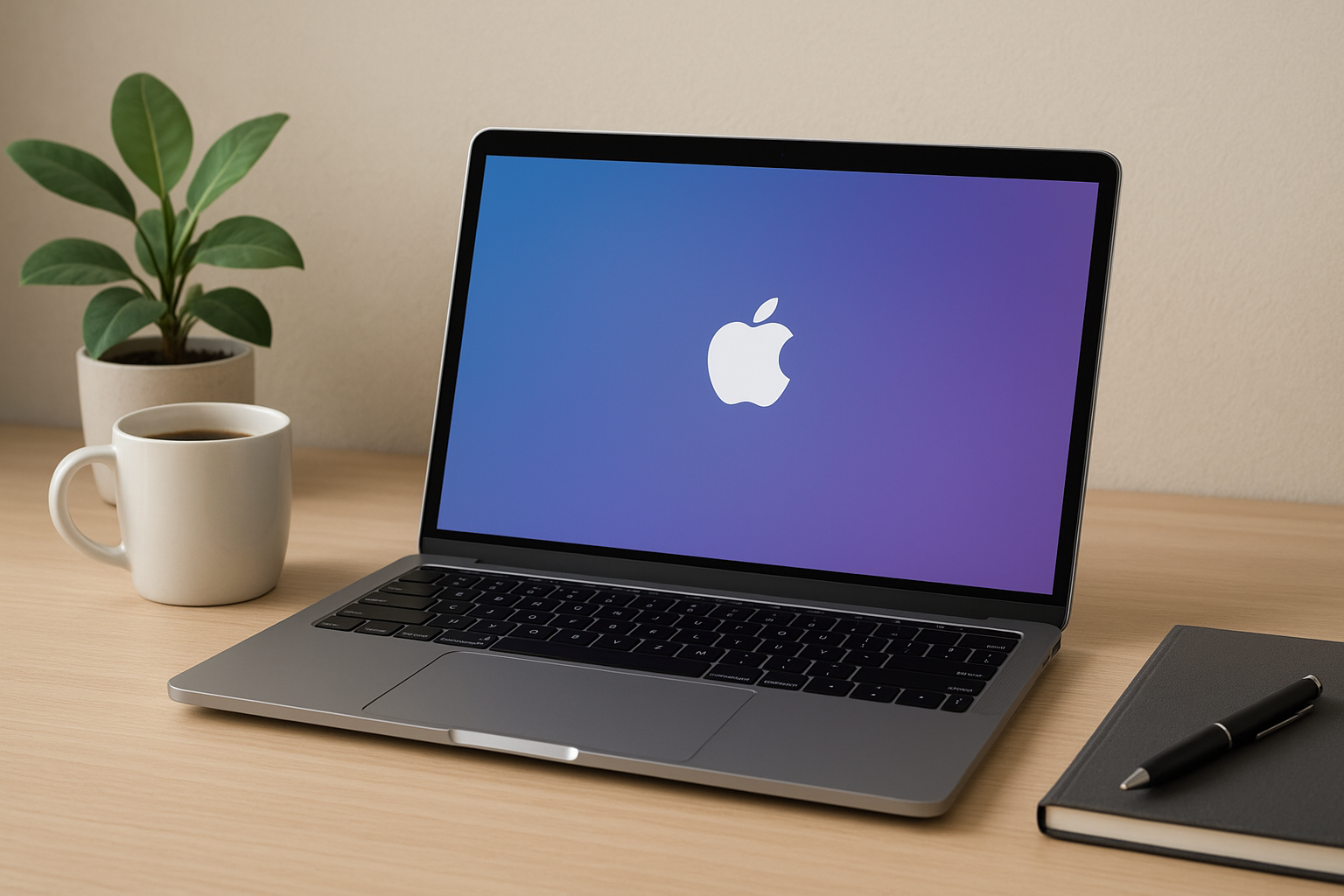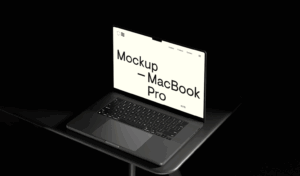

If your MacBook has started feeling more like a sleepy tortoise than a lightning-fast workhorse, you’re not alone. Over time, even the best Macs can slow down — whether from overloaded storage, too many background processes, or just plain digital clutter. The good news? You don’t need to be a tech wizard to give it a boost.

Here are five simple steps to speed up your slow MacBook and get it running smoothly again.
A near-full hard drive is one of the most common reasons Macs slow down. To check your storage:
Tip: Use iCloud Drive or an external SSD to store files you don’t need to keep on your MacBook all the time.
If your Mac takes forever to start, too many apps might be launching when you boot up.
The fewer apps starting at boot, the faster your Mac will be ready for action.
Apple regularly releases updates that fix bugs, improve performance, and boost security. Running an outdated version can slow things down.
This small step can make a big difference in overall speed.
If your MacBook is slow mostly when browsing the web, your browser could be the culprit.
Also, keep the number of open tabs reasonable — each one eats up memory in the background.
Too many apps running at once can overload your Mac’s memory (RAM).
If you find your Mac constantly struggling, it may be time to consider a RAM upgrade — if your model allows it.
A slow MacBook doesn’t mean it’s time to buy a new one. With these five steps, you can breathe new life into your machine and get back to working, browsing, and streaming without frustration.
And remember — like any device, your MacBook benefits from regular maintenance. A little digital housekeeping now can save you from major slowdowns later.
MultiChoice & Canal+ Deal: What’s Going On Background Canal+, the French media giant, is in… Read More
Apple officially announced that its highly anticipated "Awe Dropping" event will take place on Tuesday,… Read More
Decentralized social network Bluesky has pulled the plug on access for users in Mississippi after… Read More
Last week, OpenAI presented GPT-5 as a means of simplifying and improving ChatGPT. The idea… Read More
When it comes to smartphones, Android devices offer a level of customization and functionality that’s… Read More
In today's digital age, your website is more than just a virtual storefront—it's the face… Read More